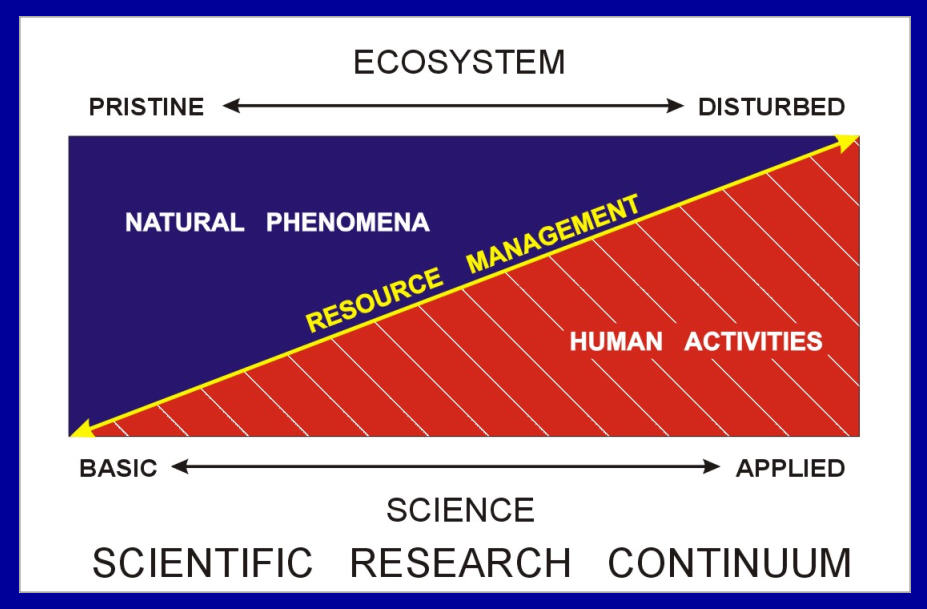Antarctic Treaty Summit 2009
50th anniversary of the signing of the Antarctic Treaty
"with the interests of science and the progress of all mankind"
50th anniversary of the signing of the Antarctic Treaty
"with the interests of science and the progress of all mankind"
Rational use
The need to enhance the protection of the Antarctic environment and dependent and associated ecosystems has been identified in the Protocol on Environmental Protection to the Antarctic Treaty, which was signed in 1991. The underpinning of resource management and sustainable development, whether in Antarctica or anywhere else in the Earth system, is the information available to understand how humans impact natural systems.
Across the spectrum, basic science focuses on natural processes in pristine ecosystems, often without considering the ramifications of the research in a societal context. Conversely, applied science is directed toward analyzing human impacts in disturbed ecosystems, often without establishing the appropriate natural baselines.
In essence, interactions between natural processes and human impacts can be revealed only by integrating sufficient information collected by research activities across the continuum from basic to applied science. With such integrated information, it then becomes possible to craft policies in response to minor or transitory impacts that require both subjective (qualitative) and objective (quantitative) interpretations, respectively.

Resource management extends across a continuum from basic to applied science with a broad focus on ecosystem events, entities and phenomena over diverse time and space scales. Adapted from: Berkman, P.A. 2002. Science into Policy: Global Lessons from Antarctica. Academic Press, San Diego.
The ways and methods in which research impacts on policy, and how policy draws on research.